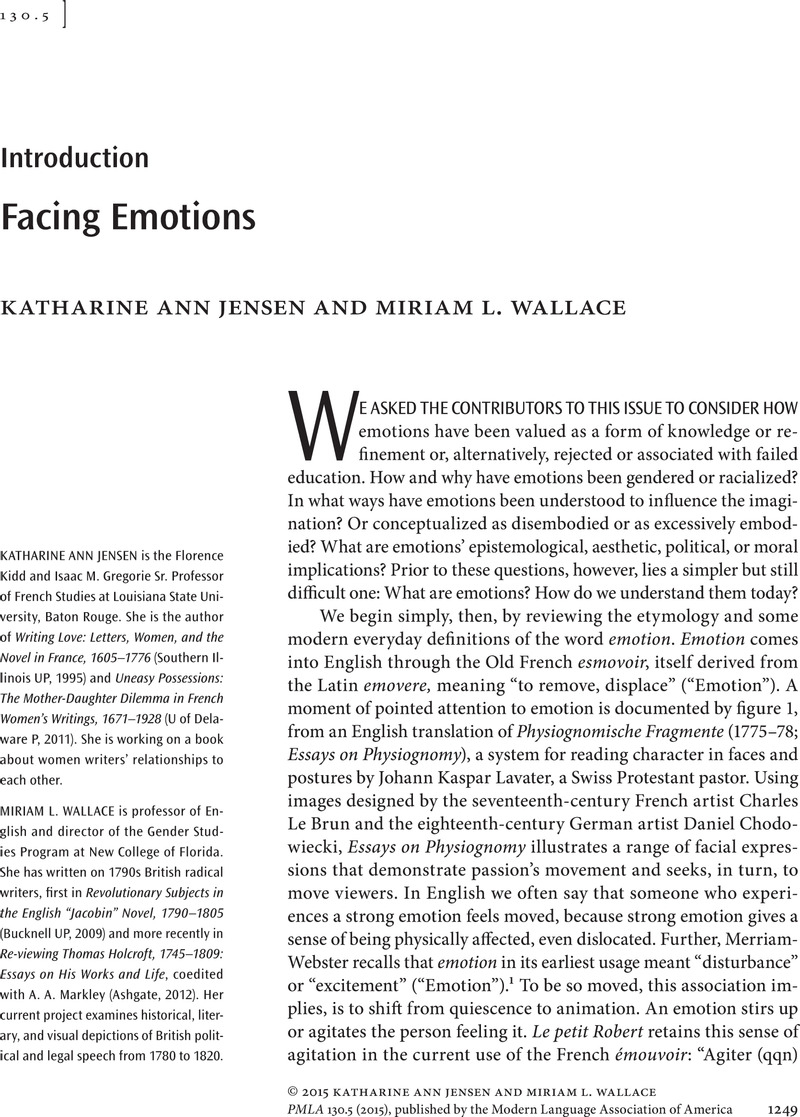Crossref Citations
This article has been cited by the following publications. This list is generated based on data provided by Crossref.
Parati, Graziella
2017.
Migrant Writers and Urban Space in Italy.
p.
1.
Parati, Graziella
2017.
Migrant Writers and Urban Space in Italy.
p.
183.
Shang, Biwu
2018.
Unnatural emotions in contemporary narrative fiction.
Neohelicon,
Vol. 45,
Issue. 2,
p.
445.
Schaal, Michèle A.
2018.
L’Univers affectif féminin dansVernon Subutexde Virginie Despentes.
Contemporary French and Francophone Studies,
Vol. 22,
Issue. 4,
p.
475.
Gómez-Castellano, Irene
2019.
Tears in translation: Carolina Coronado's Sapphic poems.
Journal of Spanish Cultural Studies,
Vol. 20,
Issue. 4,
p.
353.
Caeiro, Antonio de Castro
2022.
Paradoxes of Emotional Life: Second-Order Emotions.
Philosophies,
Vol. 7,
Issue. 5,
p.
109.





